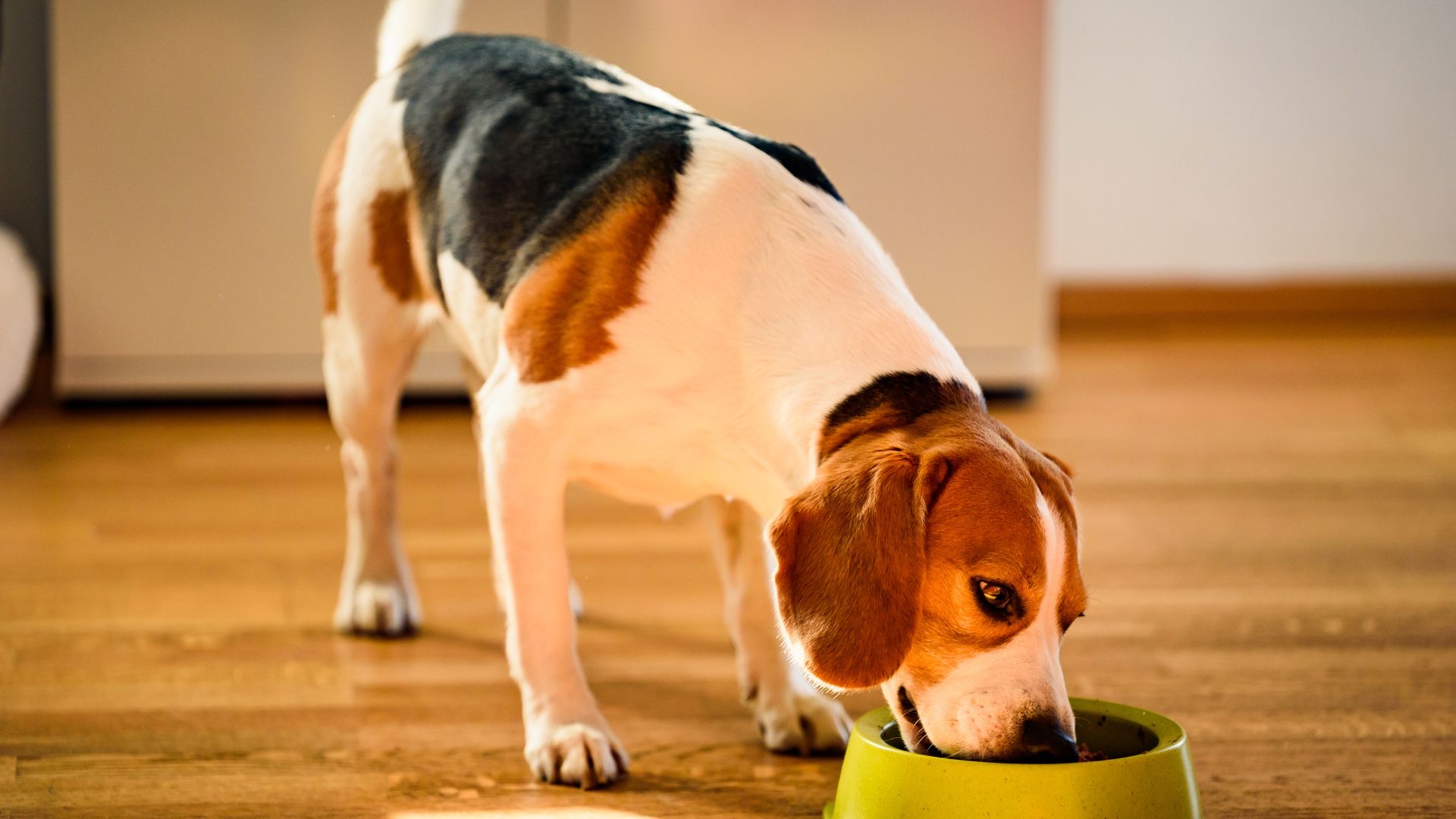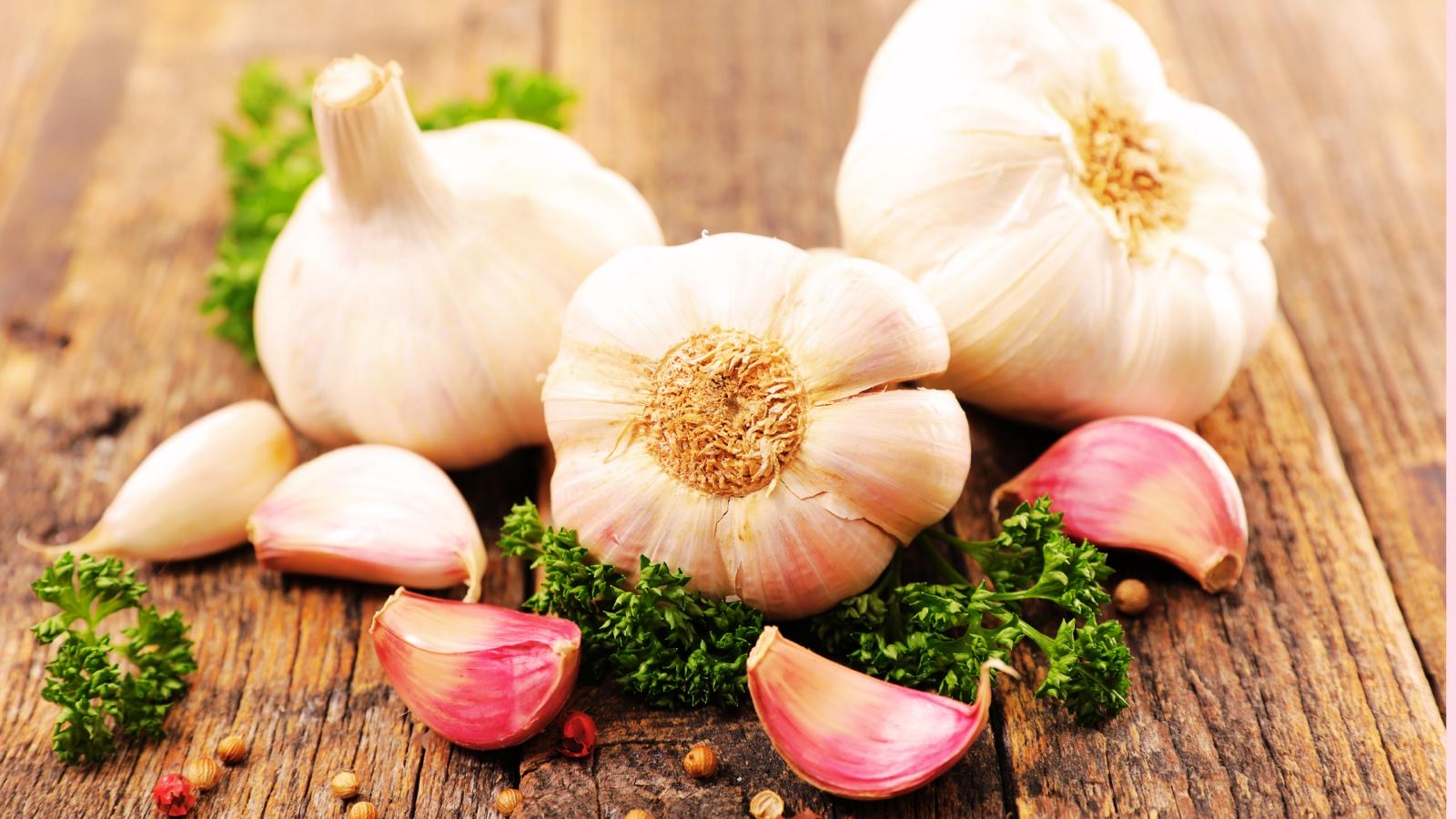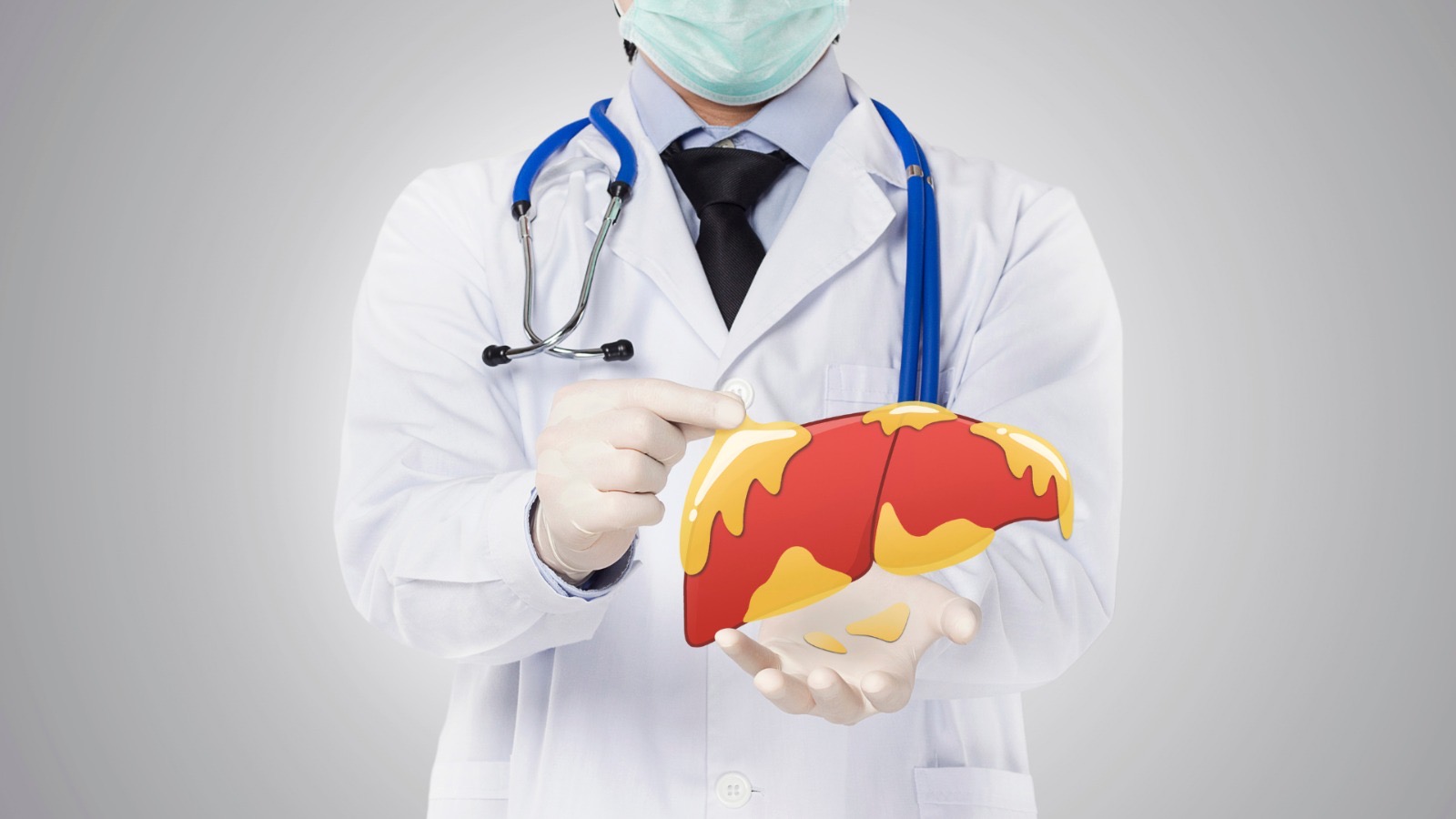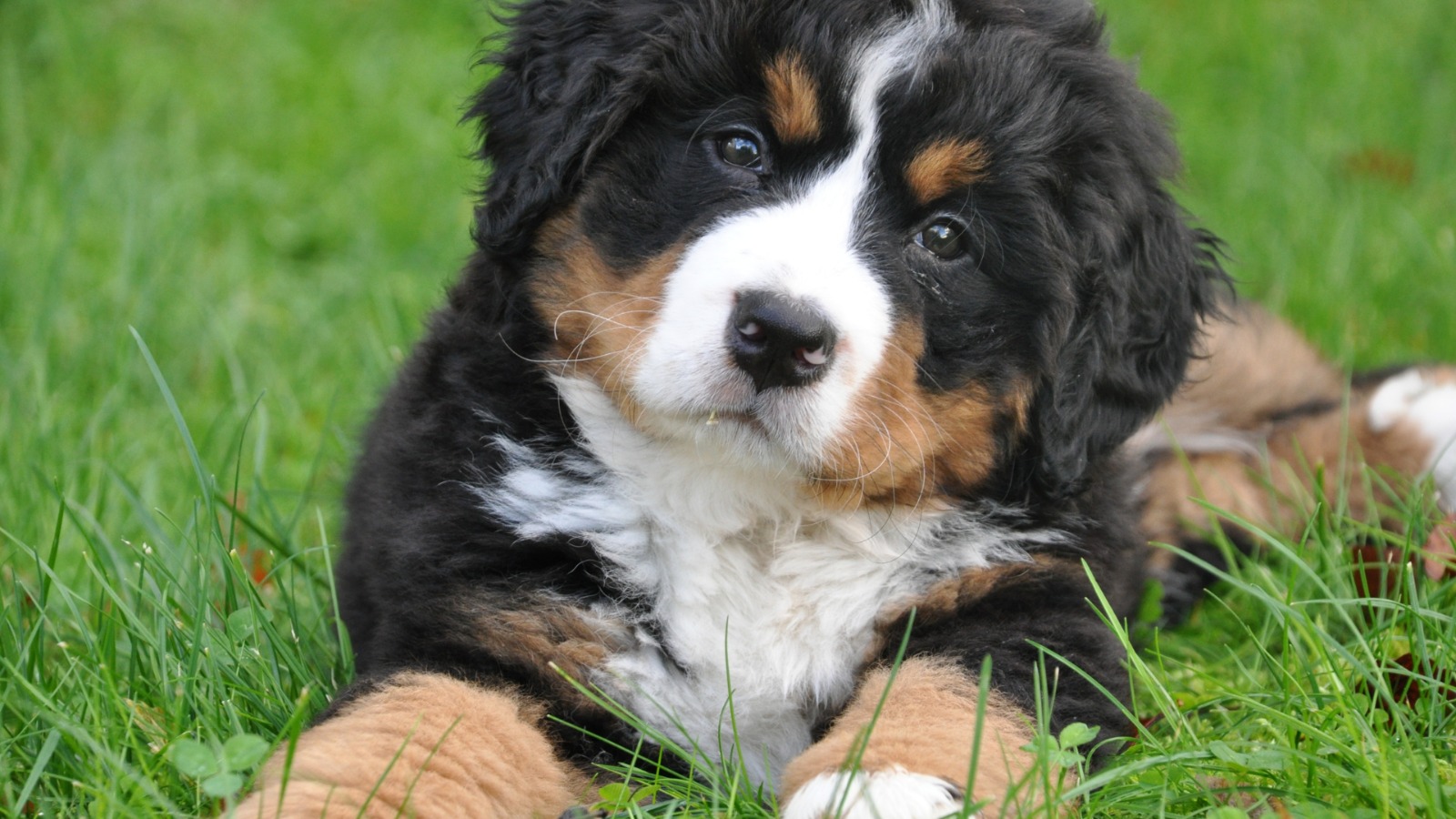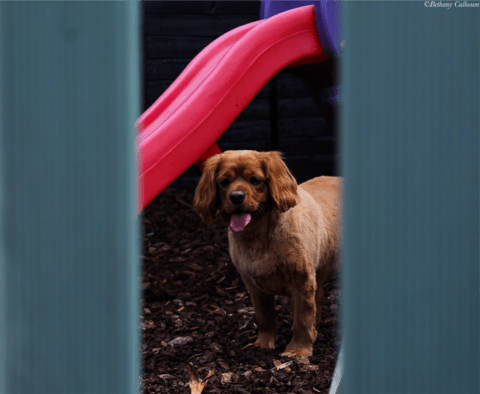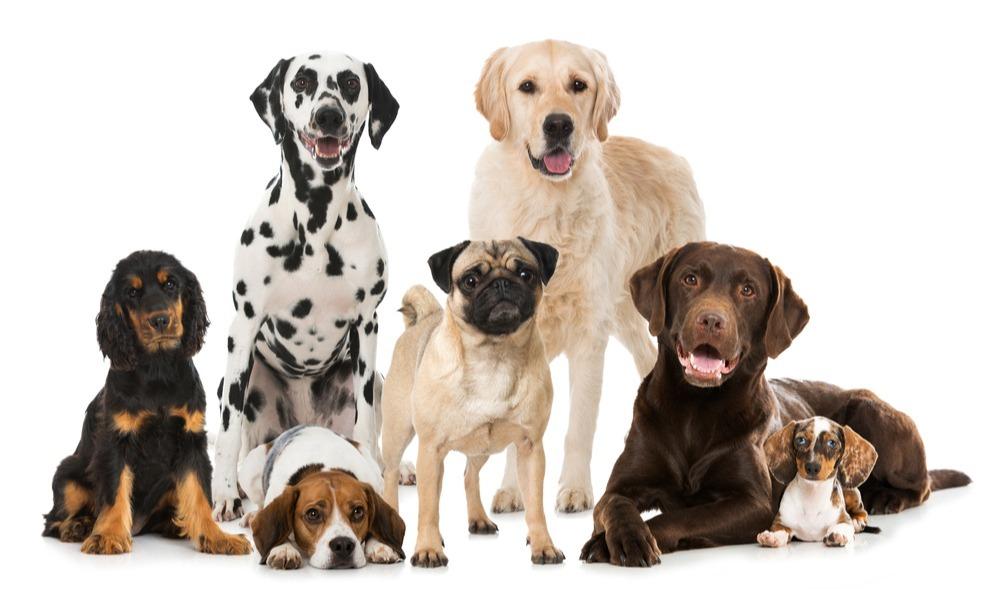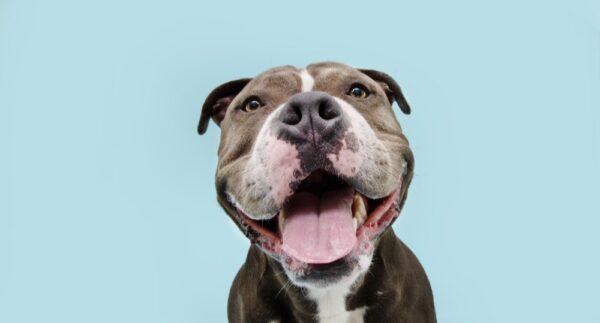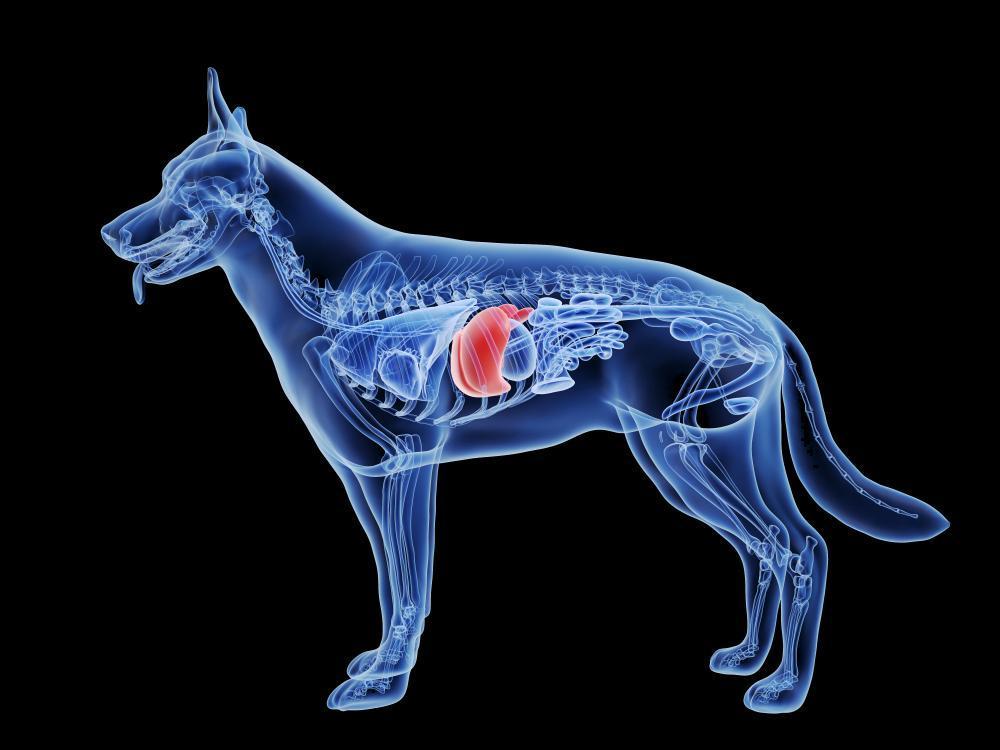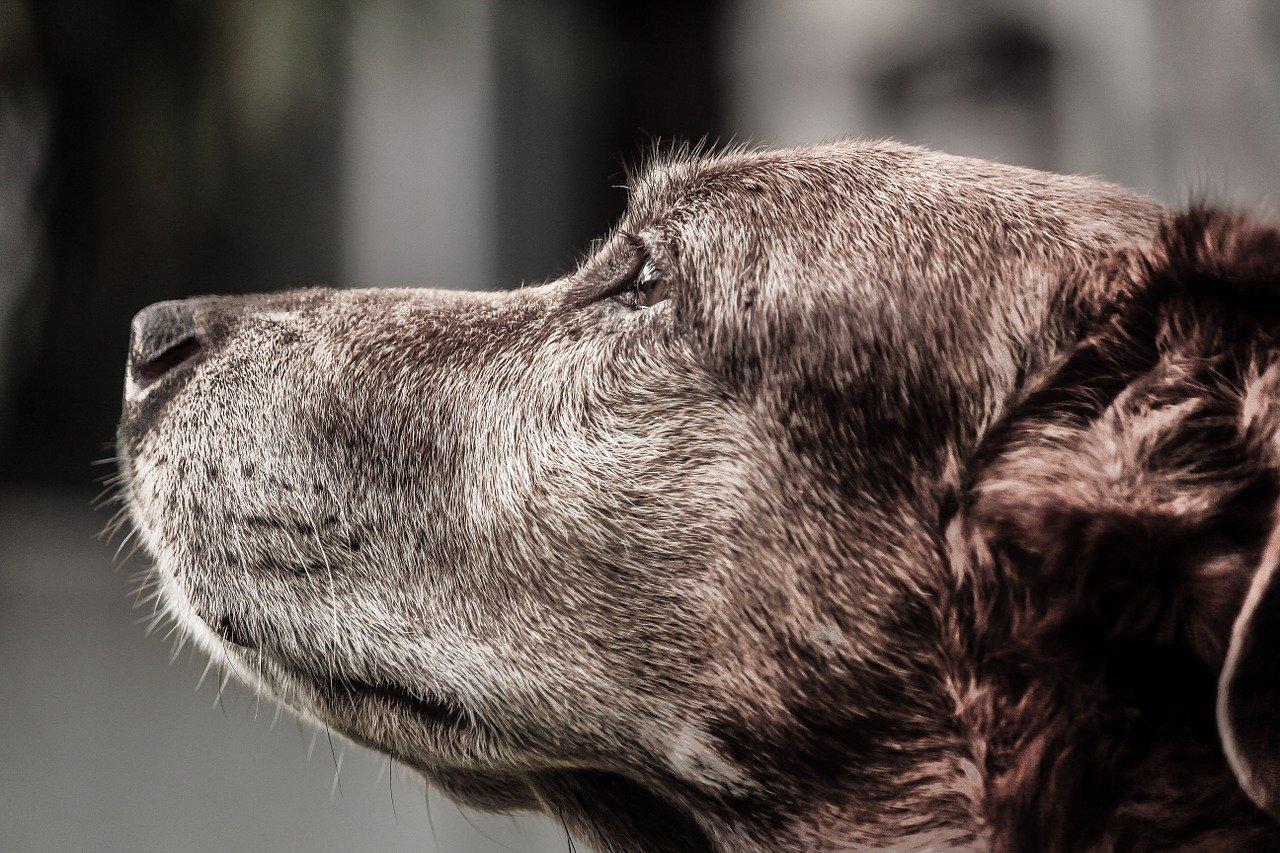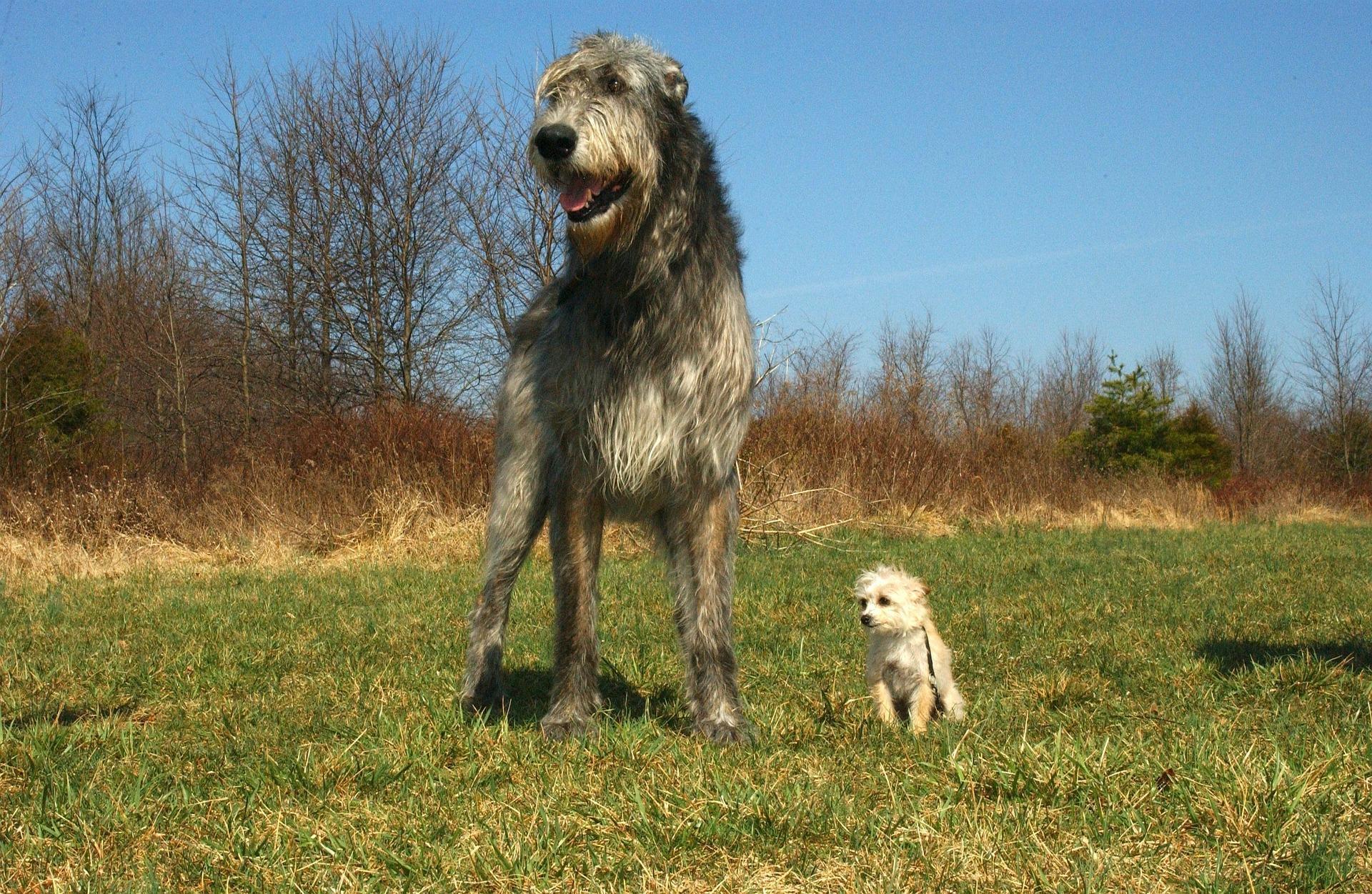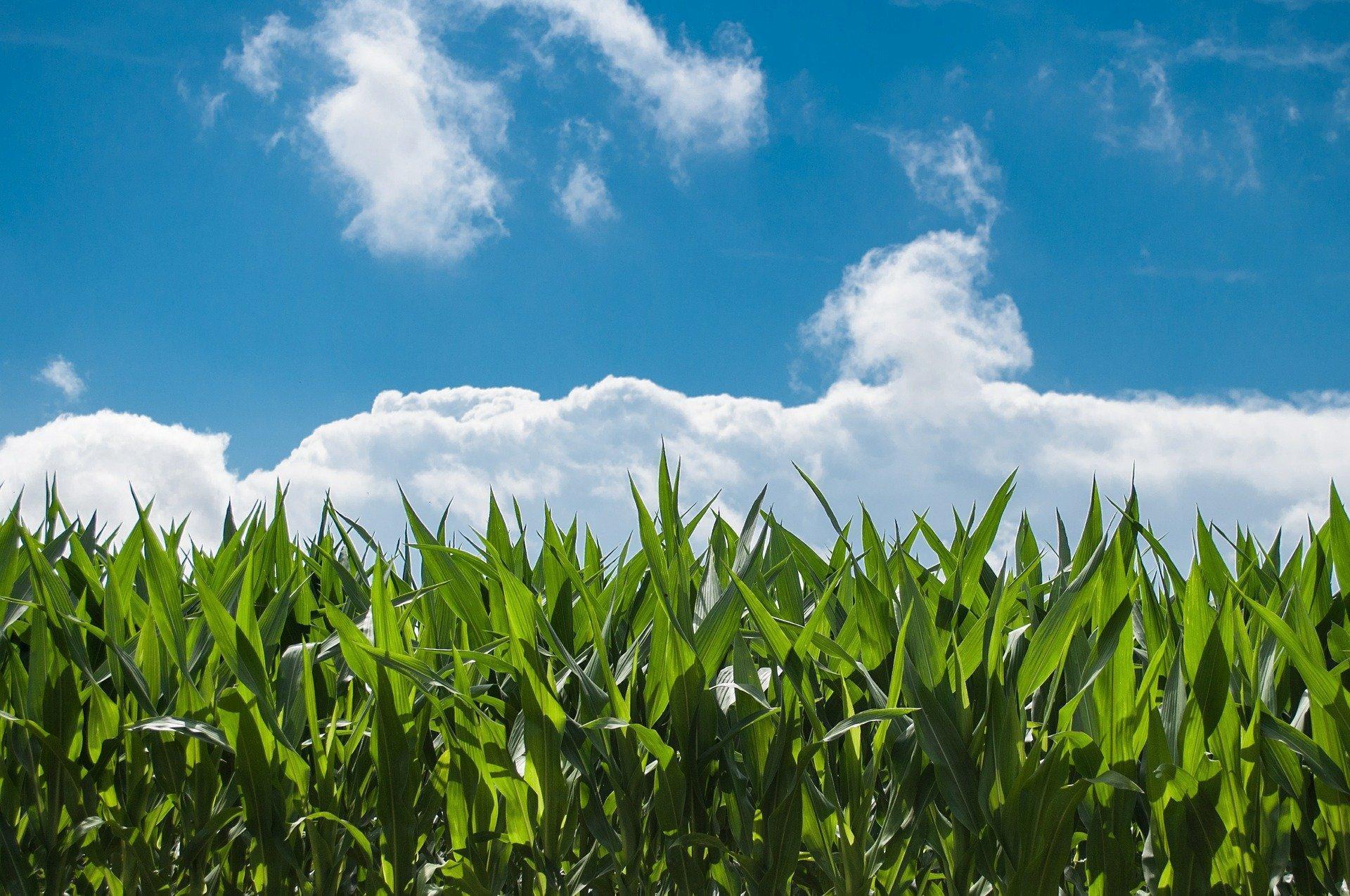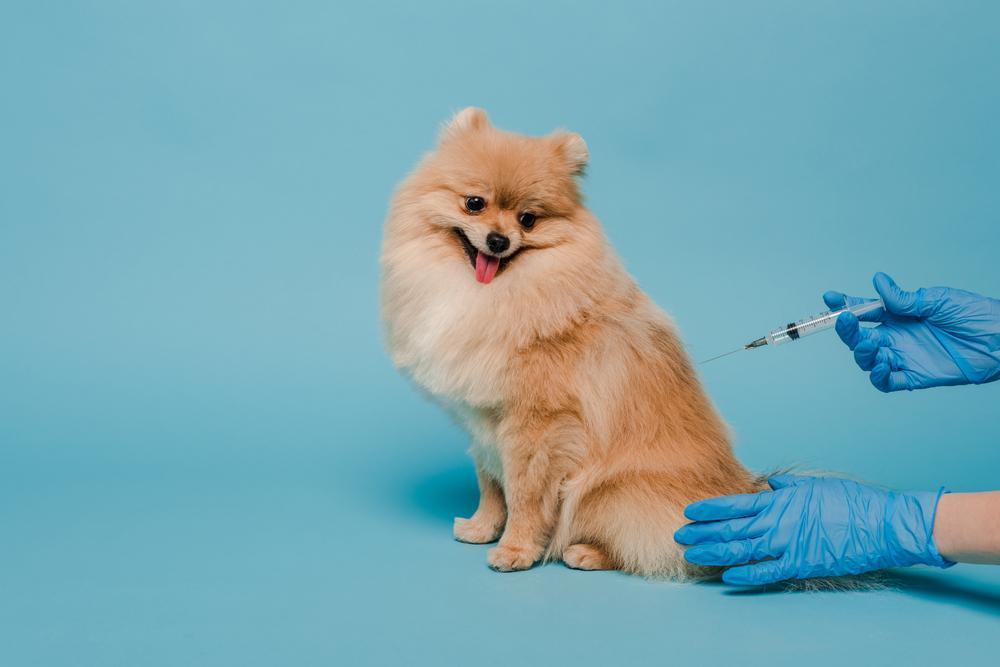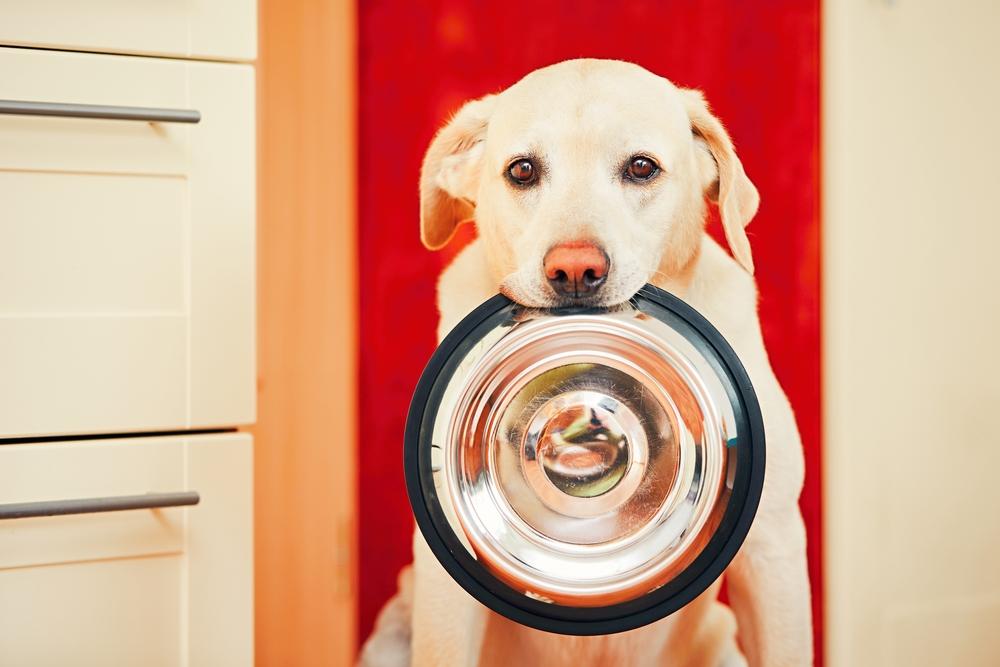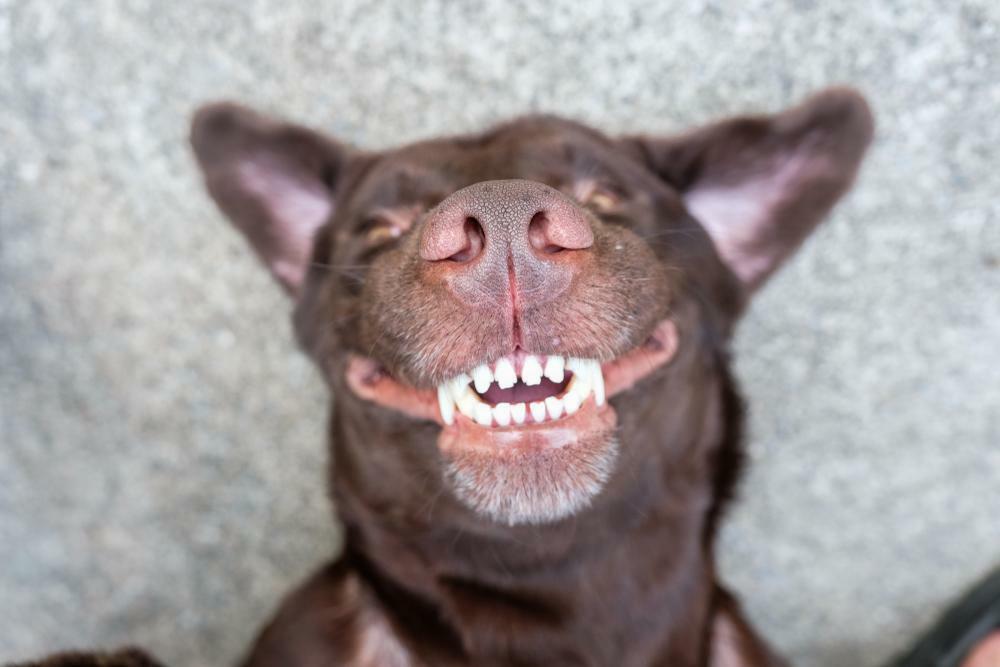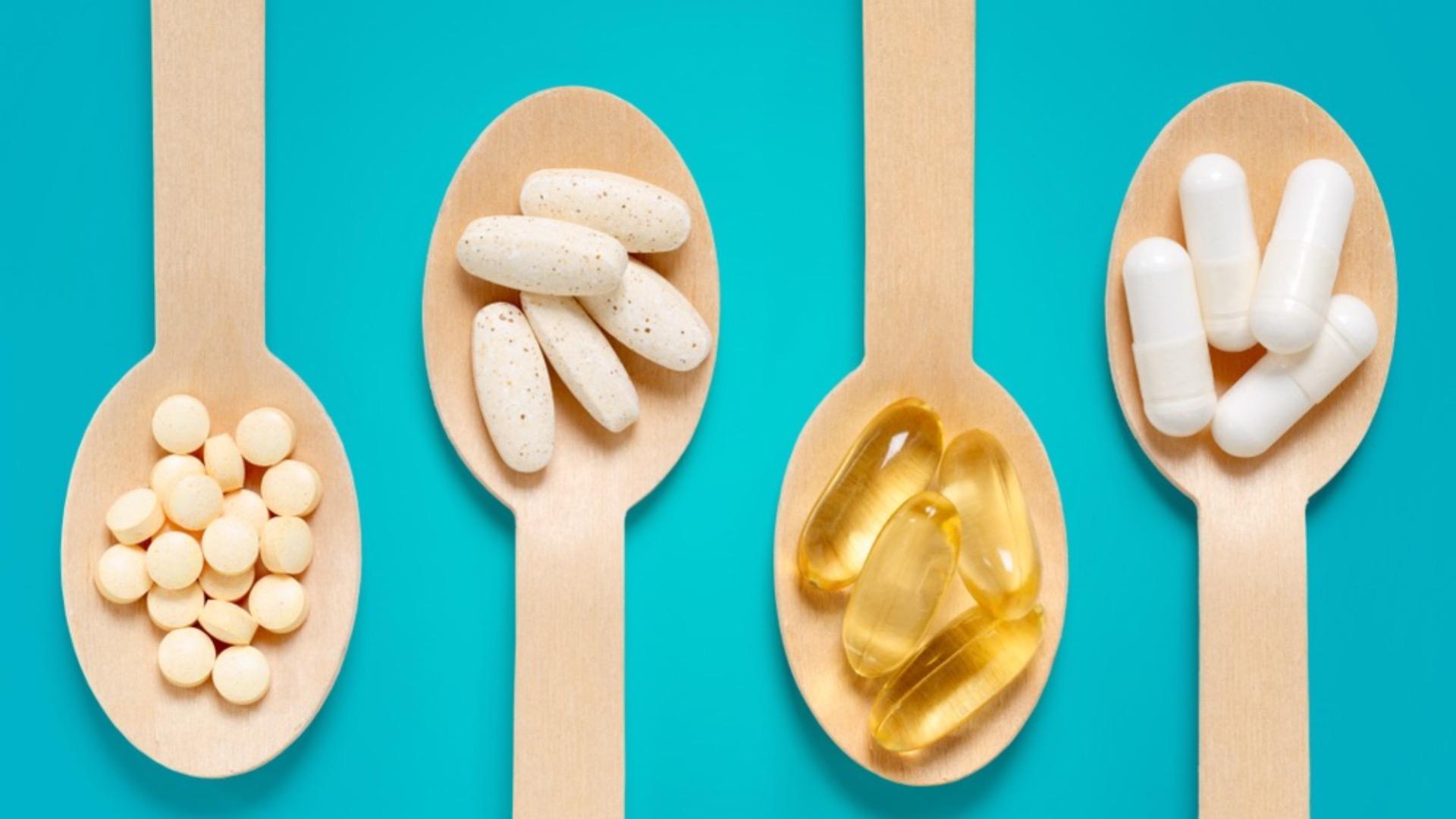At My Pet Nutritionist, we help a lot of dogs and cats with kidney and liver disease. These can be caused by many other health aspects, and both require management with diet, supplements, and lifestyle changes, alongside conventional veterinary medicine. Those who we have helped with kidney or liver disease will have been recommended, and formulated a gently cooked diet, specific to the pet’s condition. Why do we recommend a cooked diet for these pets? Find out with us in this blog post as we look at kidney and liver function, and why when diseased, these require a cooked diet!
Role of the Kidneys
In order to understand why a cooked diet is best for kidney and liver disease, it’s important to know what the kidney and liver do, what stresses them, and what kidney and liver disease are.
First up, kidneys. The mammalian body has two kidneys, which are shaped much like a bean (hence the bean commonly used in Mexican cookery among other cuisines being called a ‘kidney bean’; this is the shape of your pet’s, an your own kidneys). They are found in the abdomen of your pet, either side of the spine for dogs, and just below the spine for cats. The kidneys are an incredibly important organ, and without them, the body would be extremely toxic.
Kidneys are essentially the body’s built in filter! They remove waste products and substances from both the blood, and the urine. The level of many components of a health blood stream is largely controlled by the kidneys, which also contributes to control of blood pressure. The kidneys are also involved in the endocrine system, which stimulate red blood cell production, and help to regulate calcium homeostasis. You can learn more about kidney function
here.
As with any organ, it is important to refrain from overstressing the kidneys. There are various factors which may contribute to added pressure on the kidneys such as:
- High blood pressure
- High blood sugar (diabetic pets can be more at risk of kidney disease)
- High sodium levels in the diet
- Prolonged use of NSAID drugs
- High phosphorous levels in the diet
- Processed foods
- Too much protein in the diet
- Poor quality protein in the diet
Dogs and cats with kidney disease can be at stage 1-4, each stage worsening. When the kidneys are under immense pressure, kidney disease often occurs. We do see a lot of cases of Chronic Kidney Disease (CKD), as well as other kidney diseases in practice at My Pet Nutritionist. Kidney disease can be trickier to diagnose in cats because they often urinate and drink where the owner is unable to monitor, but is seen in a staggering 1 in 3 cats!
Symptoms of kidney disease include:
You can learn more about kidney disease for cats
here and for dogs
here.
Role of the Liver
Next up, the liver. The liver is a sort of triangle shaped organ, which sits inside the ribcage in both cats and dogs. It consists of 6 lobes, and is extremely important! Much like the kidneys, blood passes through the liver to be cleaned.
It plays many roles in the body, such as:
- Detoxification of the blood from certain medications and environmental toxins
- Converts ammonia to urea
- Produces bile, which breaks down fats
- Breaks down nutrients in the blood, and makes them useable
- Synthesises some proteins for healthy blood plasma
- Stores iron
- Converts excess glucose to glycogen, which is stored in the liver, and can be used as an energy source
- Regulates blood clotting
- Helps to remove bacteria from within the blood stream
- Removes bilirubin from the blood
When it comes to stressing the liver, there are various consumables which can put added pressure on the liver, and ultimately cause it to become sluggish, and often results in the onset of liver disease. Feeding a high fat diet puts a huge strain on the liver, as it is unable to produce enough bile quickly enough to digest the fats. High carbohydrate (or sugary) diets can also add pressure on the liver, as well as diets too high in salt.
We also need to look at reducing the chemical intake of your pet! Since the liver plays a role in blood detoxification of certain medications, it is wise to use natural flea and worm preventatives, since the often prescribed pharmaceutical chewable options on the market sadly release toxins into your pet’s blood stream, making extra work for the liver. A lot of reports from pet owners with pets affected by these chewable flea, tick and worm treatments have reported a reduction in liver function, or the onset of liver disease!
Those with liver disease, often caused by frequent overworking of the liver, tends to be more common in dogs than in cats, but is seen in both species. The symptoms you may see in liver disease patients include:
You can learn more about liver disease for cats and dogs
here.
Why Cooked Food?
When our customers come to us with a pet with liver or kidney disease, we recommend they switch to a cooked diet. Cooked food is very much the most appropriate option for pets with kidney or liver disease, for a few reasons:
Lower phosphorous levels for kidneys: when a pet has kidney disease, feeding low phosphorous is incredibly important because when the kidneys are damaged, they struggle to remove phosphorous from the blood. While phosphorous is an important nutrient for strong bones and teeth, as well as muscular recovery, in excessive amounts, it can affect bone health, and cardiovascular health. When the ingredients in a properly balanced recipe are cooked, the phosphorous levels reduce, which is an essential part of a diet for a dog with kidney disease. You can learn more about phosphorous levels in kidney disease
here.
Findings Here
Lower fat levels for the liver: when choosing your cuts of meat for cooked food, you can look for the leanest parts – in pre-made raw foods, you are not able to hand select the lower fat cuts, and may be putting pressure on a damaged liver. Balancing a lower fat food is very easy to do when following a recipe for a cooked, lower fat diet.
Findings Here
Easier to increase choline levels for liver function: it can be tricky to make raw food completely balanced, and various micronutrients (vitamins and minerals) can be lacking, even in premade, supposedly ‘balanced’ meals. One of the commonly lacking minerals, is Choline. Choline is essential for fat metabolism and methylation, which are an incredibly important part of supporting healthy liver function. Feeding a recipe formulated by a nutritionist based on clinical parameters is very important for those with liver damage or disease.
Findings Here
Easier to reduce levels of copper for liver health: copper is another nutrient that is easiest controlled by feeding a specifically formulated cooked diet; one that is low in copper. It is an important micronutrient, but those diagnosed with chronic copper-associated hepatitis (liver disease) tend to store copper too efficiently in the liver. In a healthy liver, excess copper is flushed out by bile, but in those with liver disease where the bile production may be lacking, a build up of copper is bad news, and can ultimately lead to complete liver failure.
Findings Here
Still contains high moisture levels for kidney and liver health: as both the liver and kidney filter blood, it is imperative that your pet stays properly hydrated – hydrated red blood cells will be transported around the body easily. Being hydrated also means the kidneys and liver are able to flush toxins out of the body! Cooked food is very high in moisture.
Still enables you to feed high quality proteins: as mentioned above, when feeding a home cooked food, you are very much in control of the quality of proteins being fed, which is important for all round health, as well as for kidney and liver support. The higher the quality of the ingredients, the less strain that is put on the body’s organs.
From our experience in clinic, we have trialled numerous dogs with kidney or liver disease, on both raw, and cooked, as these patients’ owners have preferred feeding a raw diet initially, before switching to a cooked food. Our evidence and experience suggests that when the pets were switched from raw to balanced cooked food, their kidney or liver condition improved greatly!
Our Recipes!
We have an extensive range of recipes available to purchase on our website, which includes our range of healthy adult recipes for cats and dogs, as well as our range of problem-specific recipes for dogs. For those with cats, or dogs with severe disease or complex needs, we recommend booking a consultation with us so you are given a specially formulated recipe just for your pet.
For kidney support, we want to feed a lower phosphorous, medium protein diet. The pre-formulated recipes suitable for many canine kidney disease sufferers are:
For liver support, we want to feed a lower fat diet. The pre-formulated recipes suitable for many canine liver disease sufferers are:
We hope this blog post has made reasoning clear as to why we recommend feeding a cooked diet to your pet with kidney or liver disease. If your dog is diagnosed with kidney or liver disease, we highly recommend booking a Personalise consultation!
Team MPN x 
